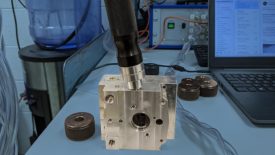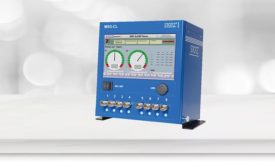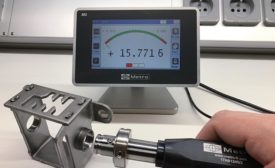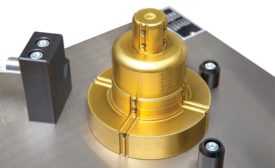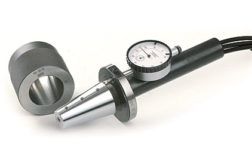Articles by Chris Koehn
Does Air Gaging fit into a Modern World?
Air gaging is an extremely fast measurement method even when measuring difficult geometries.
September 2, 2020
Air Gaging in a High Production, Automated Manufacturing Environment
Air gaging continues to evolve and stay relevant in today’s automated world.
May 7, 2018
Quality 101
In-Process Air Gaging
The terms in-process and air gaging may not immediately sound like they go together, but there are advantages to this method.
May 1, 2014
Stay in the know with Quality’s comprehensive coverage of
the manufacturing and metrology industries.
eNewsletter | Website | eMagazine
JOIN TODAY!Copyright ©2025. All Rights Reserved BNP Media.
Design, CMS, Hosting & Web Development :: ePublishing
